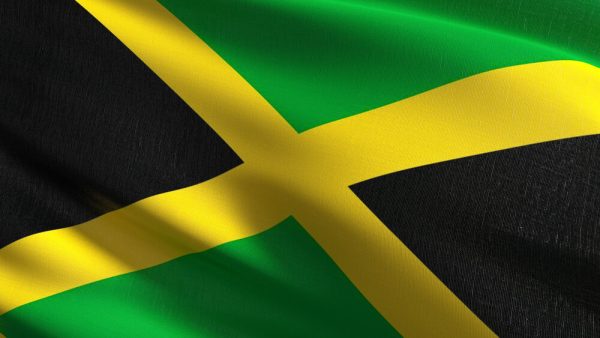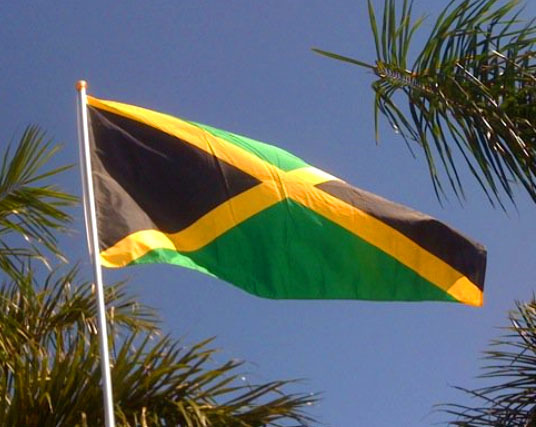
You probably know that Jamaica gained its independence from Britain on 6 August 1962. However, there were other significant events that took place on that day. It was the day the island nation adopted its official flag, which holds deep symbolism and significance.
Let’s explore 5 unique facts about Jamaica’s national flag, including its history, symbolism, and etiquette.

Birth of the Jamaican National Flag
In celebration of our newfound independence, Jamaica hosted a nationwide competition to design the perfect flag. The winning design was chosen by a bipartisan committee of the Jamaica House of Representatives, ensuring community involvement in this crucial decision.
Bahamas Borrowed Similar Process
Interestingly, a similar process was followed in 1973 when designing the national flag of The Bahamas, reflecting the close cultural ties and shared history between the two nations.
Original Flag Design – Stripes to Saltire
Initially, the flag’s design featured horizontal stripes. However, it was deemed too similar to the flag of Tanganyika (present-day Tanzania). As a result, the stripes were replaced by the saltire (diagonal cross) in the final design.
A Flag without Red, White, or Blue
Jamaica’s flag stands out from many others as it is one of only two national flags in the world that feature no red, white, or blue. The other country with such a distinction is Mauritania.
Every Color Holds Meaning
The Jamaican flag beautifully encapsulates the nation’s essence with the following poetic interpretation: “The sun shineth, the land is green, and the people are strong and creative.” Each color represents something significant.
Black – The left and right triangles in black represent the strength, resilience, and creativity of the Jamaican people, a tribute to their rich culture and heritage.
Green – The top and bottom triangles in green represent the lush, mountainous landscape and the abundant agricultural resources of this tropical paradise.
Gold – The gold cross/saltire represents the sun’s brightness and the country’s wealth. It symbolizes the warmth, energy, and optimism that characterizes Jamaica.
Right and Wrong Ways to Display the Flag
Showing respect for the Jamaican national flag is crucial, and there are several guidelines to follow. These include includes never letting it touch the ground, excepting military or state events for vehicle display, specific rules for flag placement, ensuring the flag isn’t smaller than other international flags, disposing of faded flags with dignity through private burning, and adhering to the flag-raising and lowering times on civilian grounds.
The Jamaican national flag is a powerful symbol of the country’s identity, history, and values. With its vibrant colors and meaningful symbolism, the flag proudly represents the sun, the land, and the people of Jamaica. By adhering to proper etiquette, we honor the flag’s significance and the spirit of this extraordinary nation in the Caribbean. Whether you’re exploring Jamaica’s rich history or immersing yourself in its culture, the flag will always be a proud emblem of this beautiful island nation.
Photo – Deposit Photos







